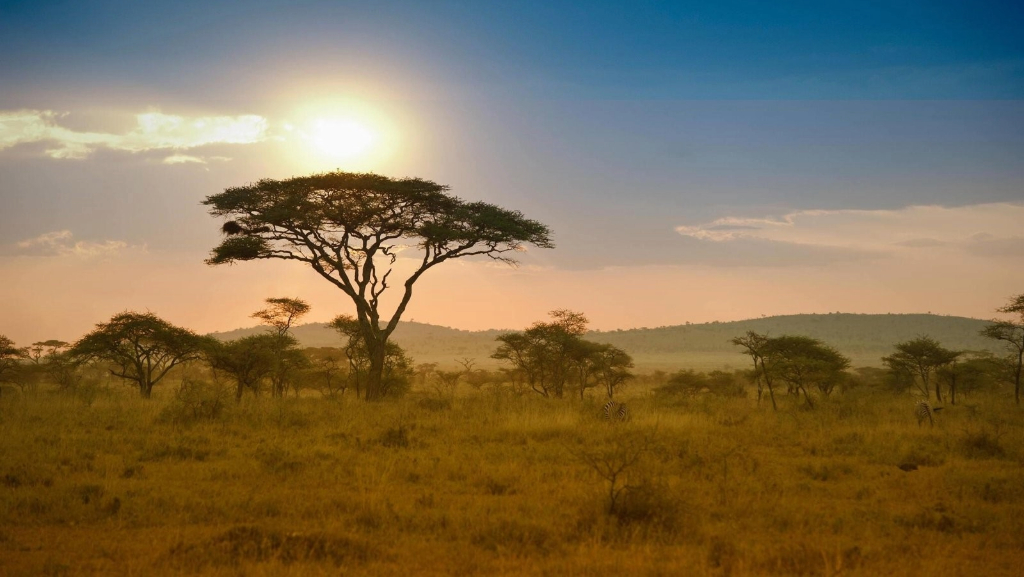
In the Tanzanian safari landscape lies a range of Trees in Serengeti National Park, offering refuge to predators and enchanting birds of prey. These towering sentinels not only define the landscape but also play a decisive role in sustaining the delicate ecosystem. Curious about the botanical wonders gracing the Serengeti in 2024? Our mission through this post is to reveal the seven most prevalent trees that you should be taking note of during Tanzania Safari Vacations.
Table of Contents
ToggleSausage Trees – Giants of the Serengeti
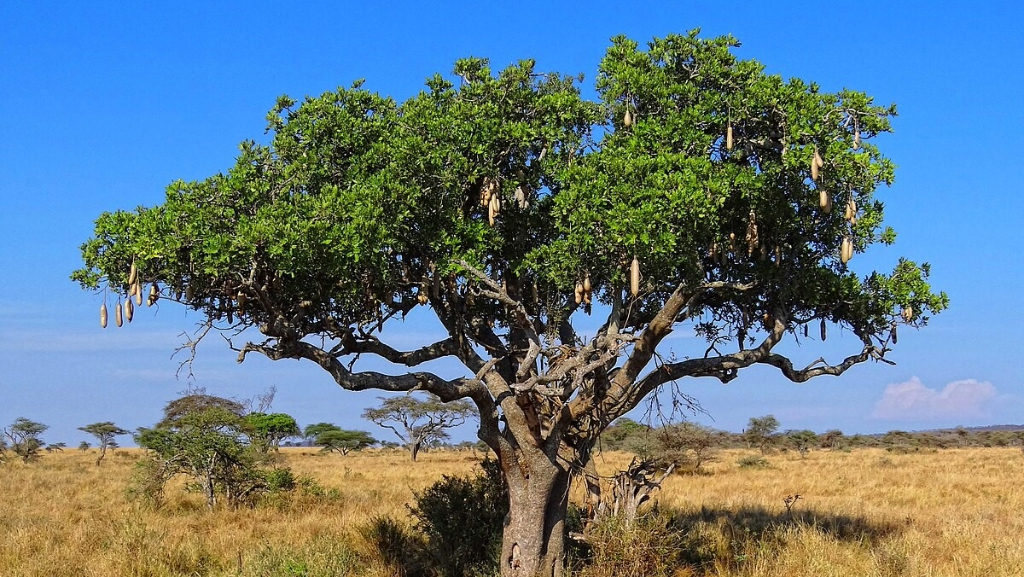
Standing tall in the vast expanses of Serengeti National Park Tanzania landscapes are giant sausage trees (Kigelia Africana). They are renowned for their unusual-like appearance and ecological significance.
- The Sausage trees of Serengeti National Park Flora derives its name from its long, sausage-shaped fruits which can grow up to a staggering length of 60 centimetres.
- These fruits though are inedible for humans – but they serve as vital food source for various Serengeti National Park Wildlife that inhabit the region.
These trees also play an important role in the Serengeti National Park Safari ecosystem providing things that comprise:
- Shade and Shelter for birds, insects, and small mammals.
- Their large spreading canopy creates microhabitats ideal for the survival of numerous plant and animal species.
- The dense foliage serves as a refuge for the Birds in Serengeti National Park.
One of the most remarkable features of the Sausage Tree is its cultural significance among indigenous communities. For centuries, the bark, leaves, and fruits of the tree have been utilized in traditional medicine.
By raising awareness about their ecological importance and promoting sustainable practices, we can ensure that the Sausage Trees continue to exist so that visitors on Serengeti National Park Tours can admire them in the coming years.
Fig Trees – Serengeti’s Ecosystem Engineers
Amidst the golden grasslands on the Serengeti National Park Map, fig trees (Ficus spp.) stand as silent yet mighty engineers of the ecosystem. These trees, belonging to the Moraceae family, play a pivotal role in shaping the Serengeti landscape and promoting biodiversity.
- Their sprawling canopies provide shade and sanctuary for a multitude of creatures, from tiny insects to large mammals like elephants.
- But perhaps the most extraordinary aspect of this Tree in Serengeti National Park lies hidden beneath the soil—their root systems.
- Fig Trees are renowned for their mutualistic relationship with specialized wasps, which pollinate their flowers and lay eggs inside the fig’s fruits.
This representation of coevolution sustains both the trees and the wasps, showcasing the interconnectedness of life in the Serengeti.
Wild Date Palm – An Oasis Of Life In The Endless Plains

Next on the List of Trees in Serengeti National Park is the Wild Date Palm (Phoenix reclinata) that stands as a verdant oasis, offering respite and sustenance to both wildlife and weary Serengeti National Park Safari goers.
- These graceful palms, native to the region, are characterized by their slender trunks and feathery branches, which sway gently in the Serengeti breeze.
- Despite the challenging conditions of the savannah, Wild Date Palms thrive along riverbanks and in moist, shady areas, their roots tapping into underground water sources.
These palms are a source of food and shelter for numerous species, including birds, insects, and mammals. Additionally, their nutritious fruits provide sustenance for humans and Tanzania Wildlife, symbolizing abundance in the arid landscape of the Serengeti.
Commiphora – Determined Survivors of the Serengeti
In the arid expanses of the Serengeti, where the sun beats upon the dried earth, Commiphora trees are symbols of adaptation and survival.
- Belonging to the Burseraceae family, these hardy Serengeti National Park Trees are characterized by their twisted trunks and drought-resistant leaves.
- In spite of facing harsh conditions, Commiphora trees have evolved unique strategies to prosper in the demanding landscape of the Serengeti.
- Some species produce sticky substances that protect them from herbivores and pathogens, while others rely on deep taproots to access scarce water sources deep underground.
The survivors known as the Commiphora play a central role in the ecosystem of Serengeti National Park Day Tours, providing food and shelter for a lot of creatures and contributing to the overall biodiversity of Serengeti National Park Tanzania.
Yellow Fever Trees – Mysteries of the Serengeti
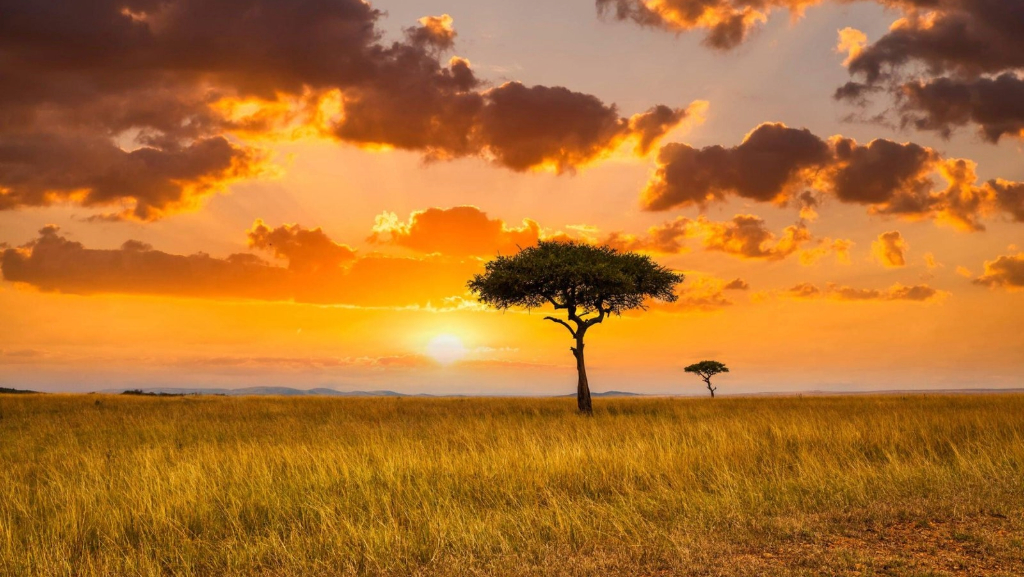
Continuing along our List of Serengeti National Park Trees, the yellow fever tree is a usual sight in the wet regions of the park, along the rivers or near the swamps and floodplains.
- Yellow Fever Trees in the Serengeti feature:
- Large White Thorns,
- Wide Stretching Branches, and
- Yellow Bark.
All of these characteristics make this Tree in Serengeti National Park distinctive and a fabulous sight to witness during Serengeti National Park Day Tours.
- Despite their name, Yellow Fever Trees are not linked to the disease but are instead renowned for their medicinal properties and ecological significance.
- Their flowers attract pollinators, while their seeds provide food for birds and small mammals.
- Moreover, Yellow Fever Trees play role in regulating water levels in the Serengeti landscape, with their roots reaching deep into the soil to access groundwater.
These mysteries and marvels of the Serengeti inspire awe and respect, reminding us of the web of life that sustains this iconic wilderness.
Umbrella Trees – Providing Shade and Shelter in the Serengeti
The Umbrella Tree breaks the flat savannah landscapes of the Serengeti and couldn’t be a more perfect representation for the whole of African continent. The tree is classified by the following factors:
- Prominent White Thorns,
- Dark Bark, and
- A distinguishable flat-top.
These trees provide essential habitat and food for many creatures, from browsing giraffes to nesting Serengeti National Park Bird species. Furthermore, their presence shapes the landscape, creating microhabitats that support a diverse array of plant and animal species. In the Serengeti, where survival is a constant struggle, Umbrella Trees stand as symbols endurance, offering hope and refuge.
Whistling Thorn – Intriguing Adaptations of Serengeti’s Flora
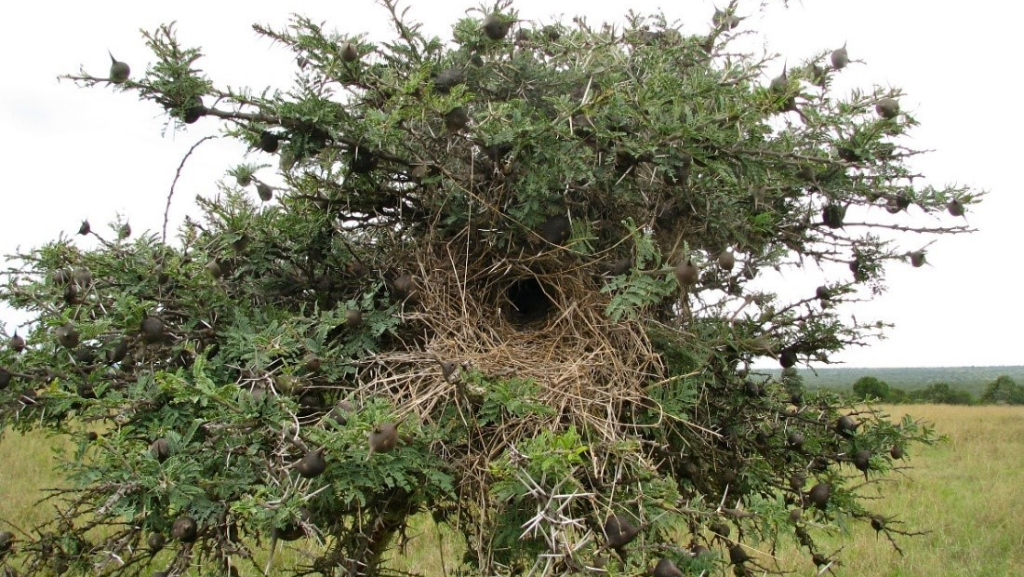
In the sun-drenched plains of the Serengeti, where the heat shimmers and the grasses sway in the breeze, Whistling Thorn Trees (Acacia drepanolobium) command attention with their curious adaptations.
- The remarkable inclusions of Serengeti National Park flora, belonging to the Fabaceae family, derive their name from the melodious sound their thorns produce when the wind blows through them.
- But it’s not just their whistling thorns that make them stand out – Whistling Thorn Trees have also formed partnerships with ants, which inhabit the swollen thorns and defend the tree against browsing herbivores.
- This mutually beneficial relationship showcases the inventiveness of nature and the interrelation of species in the Serengeti Safari ecosystem.
- Moreover, soil conservation is also a great feature of the whistling thorns with their nitrogen-rich leaves nourishing the earth and supporting the growth of other plant species.
These intriguing adaptations make Whistling Thorn Trees integral to the fabric of life in the Serengeti.
Serengeti’s Top Trees of 2024!
Our read on Trees in Serengeti National Park has aimed to provide insightful information about each of the flora highlights – taking into account their importance, unique characteristics, and ecological significance within the Serengeti landscape.
Let the allure of Serengeti’s trees lead you towards an unforgettable safari experience with Conservation Caravan Safaris. Book your Tanzania Safari Vacation today and uncover the secrets of this timeless wilderness.
Related Posts
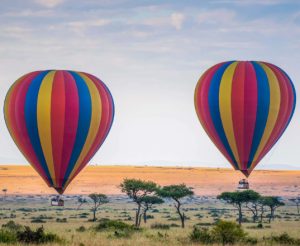
Top 5 Ways to Have a Great Serengeti Balloon Safari In 2024
Through the aerial lens of a hot air balloon, Serengeti Safaris take on a whole different meaning – breaking free from the shackles of the typical experience in the Tanzanian savannah! Hold onto the…
Read More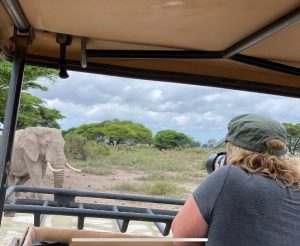
Getting To Tanzania – Everything You Need To Know About
Getting to Tanzania is the doorway to a world of wonder. Fly into modern gateways.…
Read More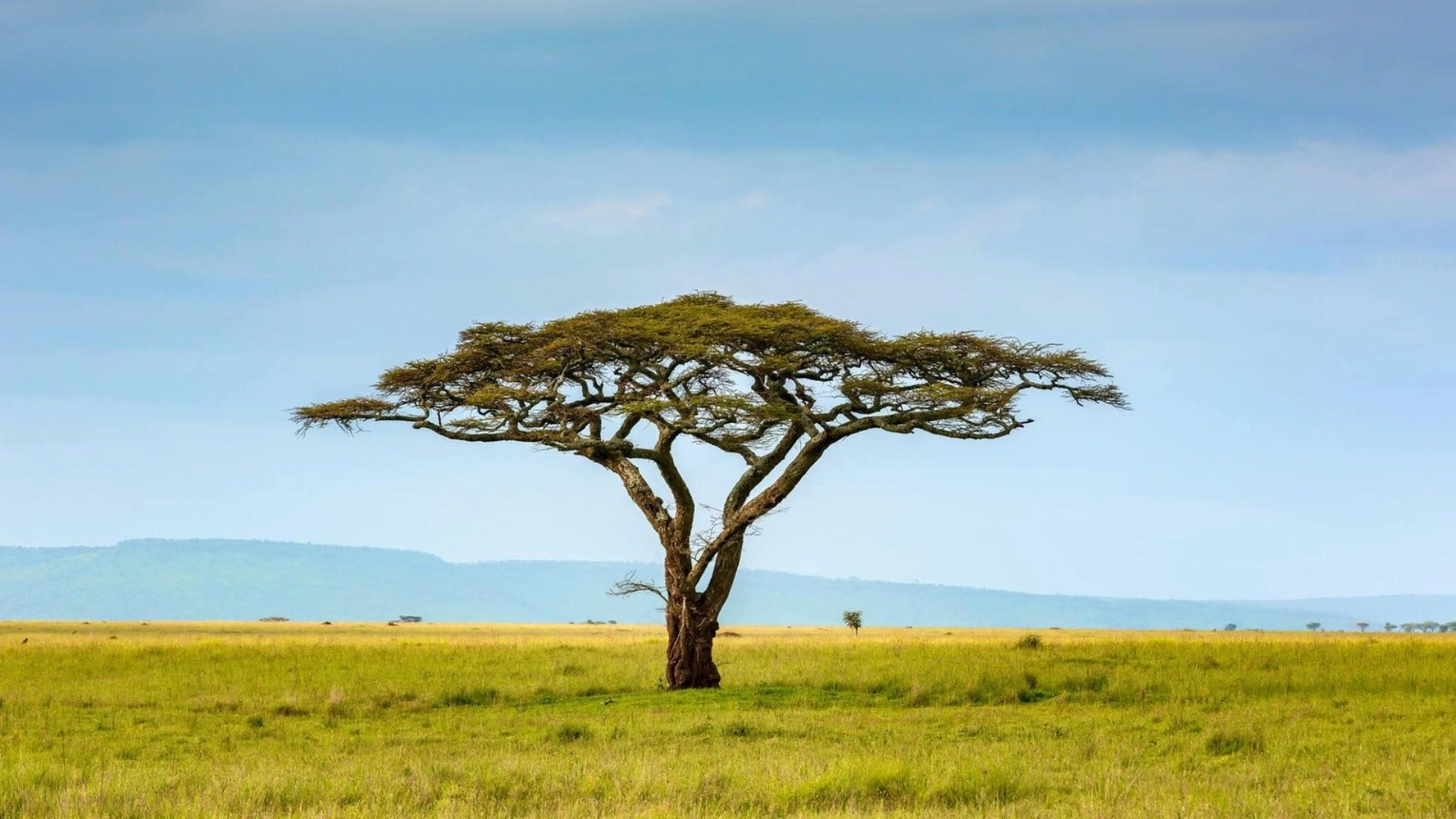




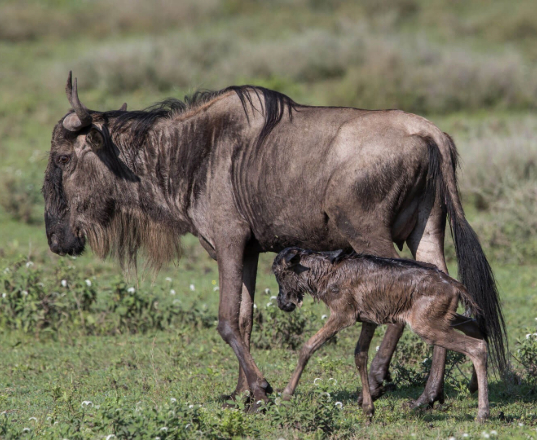

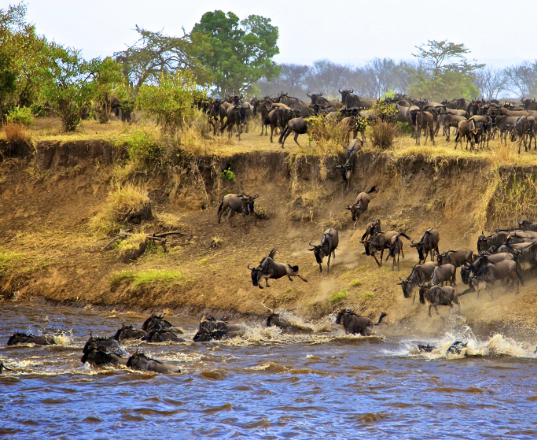



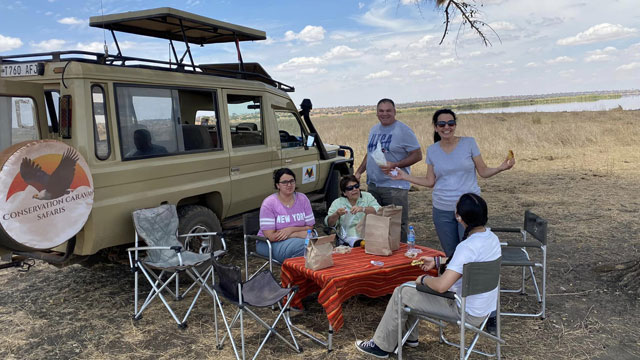
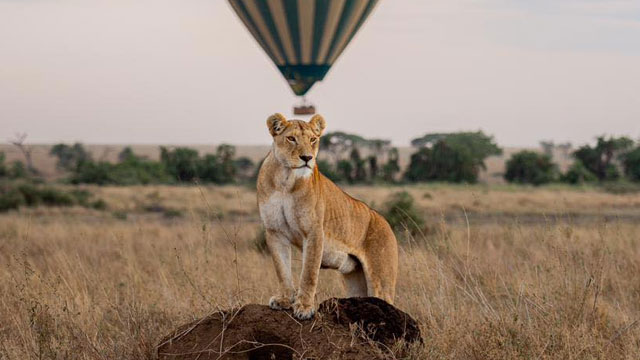







No Comments